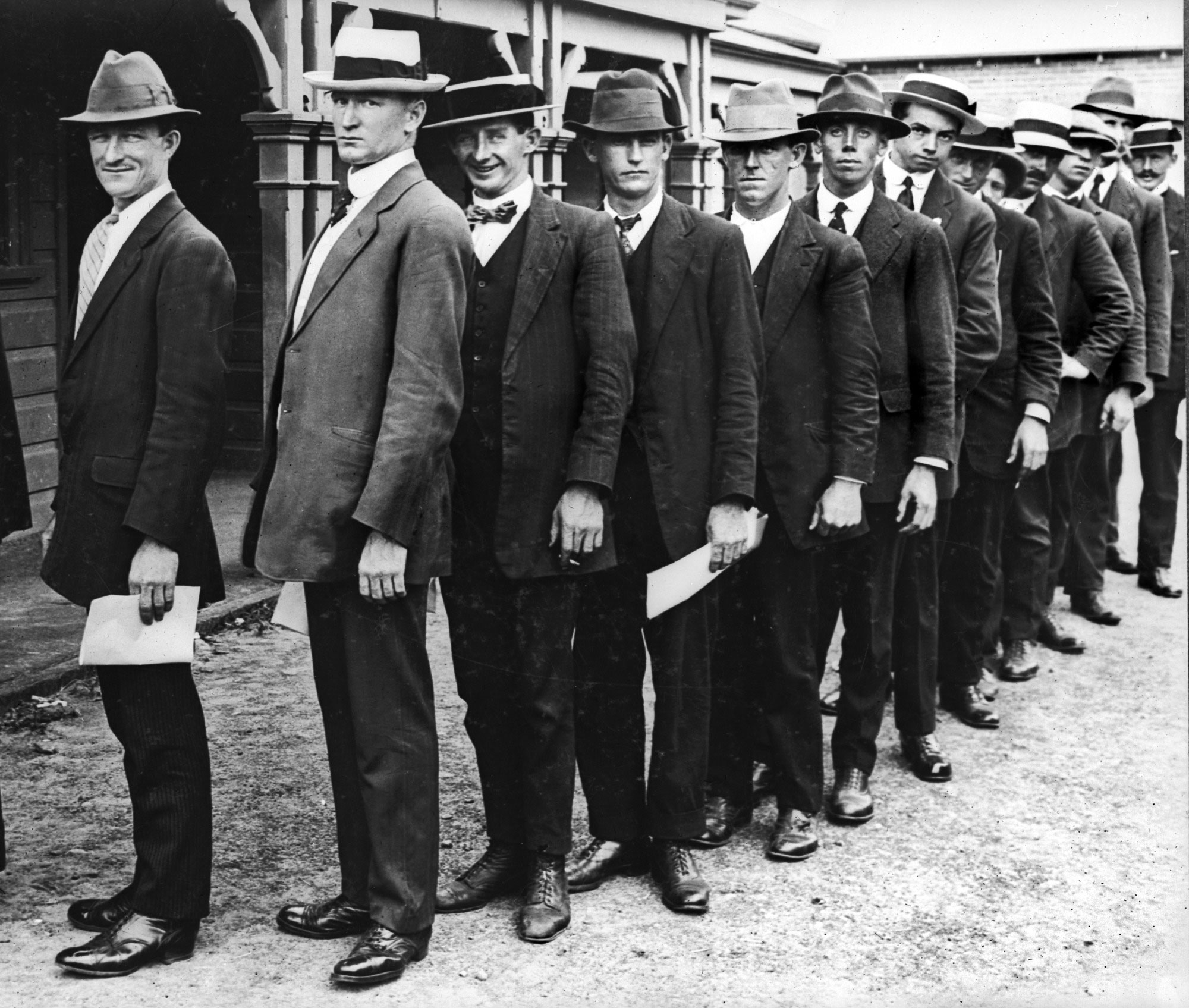Learning module:
War correspondents
War correspondents
7. A new capital for a young nation

You go to Mr Callister’s office.
‘Big things are afoot, youngster. It seems that long squabble between Melbourne and Sydney about where the capital should be is finally settled — they’re building a new city in the middle of nowhere! Go and see Lucinda on your way out.’
Lucinda Clarkson is Mr Callister’s secretary. She gives you return train tickets to Sydney.
Upon arrival at Sydney you make your way to Government House, where the Governor-General lives. Here you set about interviewing the Governor-General and some Sydney-based politicians about the new capital. This is what you find out...
On 12 March 1913 the Governor-General’s wife, Lady Denman, announced that Canberra was to be the name of Australia’s new national capital.
The prevailing wisdom of the day had it that cool, temperate climates were preferable to hot ones, on the dubious basis that cool climates had produced hardier races. And there was a concern that any coastal city could be bombarded by a hostile fleet. In October 1908 the House of Representatives voted that Canberra should be the location. An international design competition was launched, which attracted 137 entries from all over the world. Married couple Walter Burley Griffin and Marion Mahony Griffin were the winners.
About 500 guests, 2000 mounted troops and 3000 observers were present in 1913 to hear Lady Denman announce the new capital’s name and to mark the commencement of work.
Just as construction of the city got underway, Canberra’s development was severely delayed by the onset of war.
Your task
Your boss, Mr Callister, wants to focus on the fantastic images that accompany this story.
‘Describe the source to me, so it’s like I was really there.’
Mr Callister sends a more experienced journalist, Emma Pratt, to help show you the difference between describing general and detailed features. Emma is one of the few women to rise to senior ranks in the newspaper business, having secured an opportunity at one of the more progressive papers.
Emma says, ‘When analysing sources, it is really important to fully examine the source itself, looking at all aspects of it before you start saying what you think it means.’ She is insistent on this point.
‘You have to look at it very closely first, rather than jumping to conclusions about what it means, otherwise you will miss important things in the source, or your judgement will be clouded by what you decide you think the source means beforehand. Don’t judge the source before you inspect it thoroughly!’, she continues.
The difference between describing general and detailed features can be summarised in this table:
| General features | Detailed or specific features |
|---|---|
| What is in the source overall | What is in the source overall as well as minor details |
| The most important things in the source | Everything in the source, whether or not you think it is ‘important’ |
| Using ‘vague’ words like big, small, very, good... | Using ‘specific’ words like three times bigger than..., small in comparison to..., useful for... |
Listing detailed features will usually involve more writing than just listing general features. So, if you write more, you are more likely to write about detailed features, not just overall features. She shows you this example source:

This is what she would consider ‘listing general features’:
‘There is a man and a woman in this picture. The woman might be holding a bush.’
This is what she says is ‘describing detailed or specific features’:
‘This is a black and white photo. It shows a man and a woman. They are both dressed in formal clothing. The man is wearing a suit with an unusual tie. The woman is wearing a matching skirt and jacket, with a floral pattern on it. They are standing in a bushy area. The woman is holding on to the bush. The woman has a serious look on her face. The man has a smile on his face. In the background, you can see a tall pole or mast.’
Now your job is to describe detailed/specific features of this source:

Write your source analysis describing specific features. You should write at least seven sentences.
The next day you make your way back to Melbourne. On your return you submit your report to Mr Callister. He summons you to his office.
‘Great work again, but we have no time to discuss this much further. War is imminent! The Great War between the European empires is finally here and everyone is excited! It looks like our mother country, Great Britain, needs Australia to help her. Seems like it will be the British, French and Russian Empires against the German and Austro-Hungarian Empires. I need you on this immediately!’
He says that this assignment could occupy you for the next year or so. Everyone assumes the coming war will be over soon, with a quick victory. The Australian government immediately agrees to enter the war and supply soldiers and equipment to Great Britain. Mr Callister sends you down to the recruitment offices to write a story about why people are joining the war effort. Go to 10.







